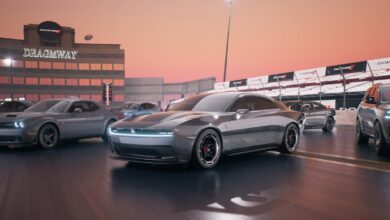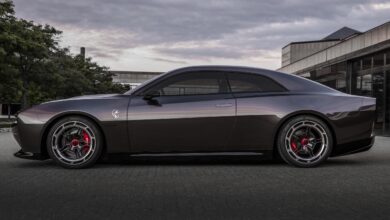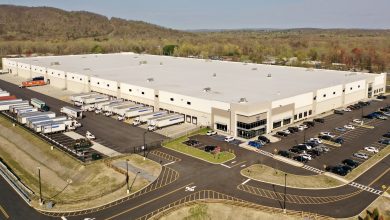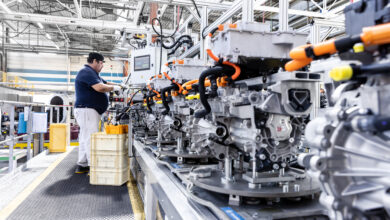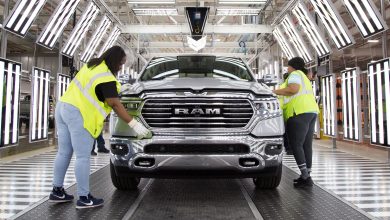Stellantis CEO Says Automaker Won’t Build A Charging Network In The U.S.
Strategy Comes Different To One Put Forth In Europe...

As the automotive industry continues to move forward with its adoption of electrified vehicles (EVs) in the U.S., many Americans continue to push back against the decision.

Limitations in range capability from the current generation of EVs and the lack of nationwide charging infrastructure are among the top reasons for concern for Americans. A majority of Americans will not make the switch to an EV until there is a national infrastructure of fast-charging stations available to withstand the number of future EVs on the road, as well as, offer the flexibility to go anywhere across the nation like an internal combustion engine (ICE) vehicle without charging anxiety.
At a roundtable event at the Consumer Electronics Show (CES) 2023 event in Las Vegas earlier this month, Stellantis CEO Carlos Tavares addressed the issues concerning the availability of charging stations and range capability.
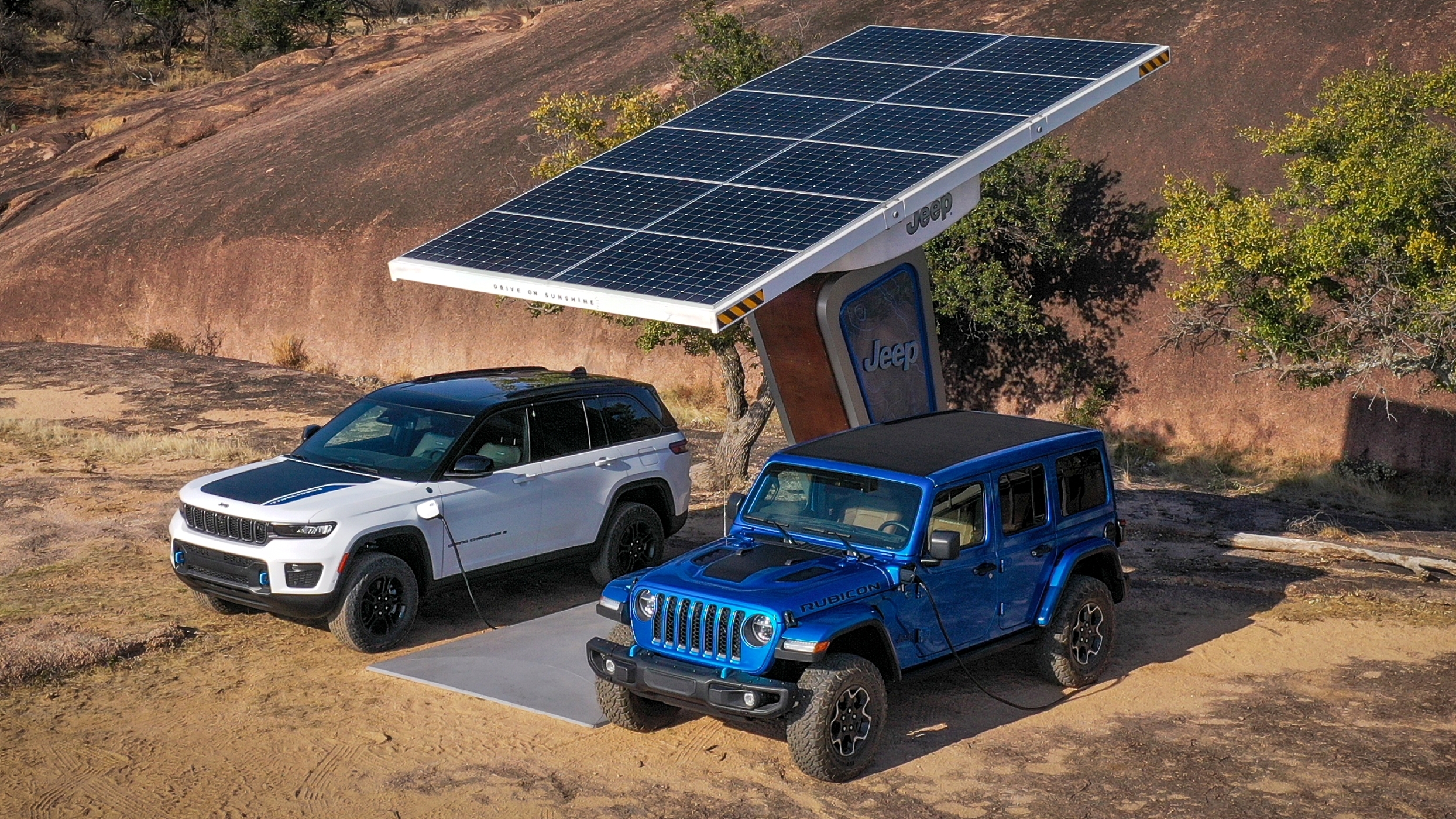
“Infrastructure is not part of Stellantis’ core business,” Tavares exclaimed. “It requires a significant investment in resources. We have no plans to build a fast-charging network in the U.S., but do plan to sell chargers as part of our strategy.”
Many were quick to point out that the company’s U.S. strategy is quite different than the one it is pushing forward within the European market.
In May 2022, Stellantis announced a partnership with TheF Charging to create a European public charging network accessible to all EVs, with exclusive conditions for Stellantis customers. The two companies said they would collaborate on developing the network, primarily fast-charging stations, in over 15,000 locations all over Europe with 2 million parking spaces until 2025.

In fact, last month during a Maserati roundtable, Tavares spoke about the need for automakers to do everything they can to provide their customers with access to various charging networks. But the CEO wasn’t very talkative about whether the automaker would embrace the possibility of allowing its EVs to charge on Tesla’s Supercharger network. “Any responsible carmaker will avoid by any means necessary putting his or her company at the dependence of a competitor,” Tavares briefly commented.
Those comments came after the possibility that Stellantis vehicles could possibly use the extensive Tesla Supercharging network to help offer additional range coverage. However, most of the automotive industry has embraced the Society of Automotive Engineers (SAE)-backed combined charging system (CCS) for both Level 2 and Level 4 charging. Since Tesla uses its own charging system for its extensive Supercharger network, the industry would either have to abandon the CCS system in favor of the Tesla one or deliver vehicles with dual charging ports.
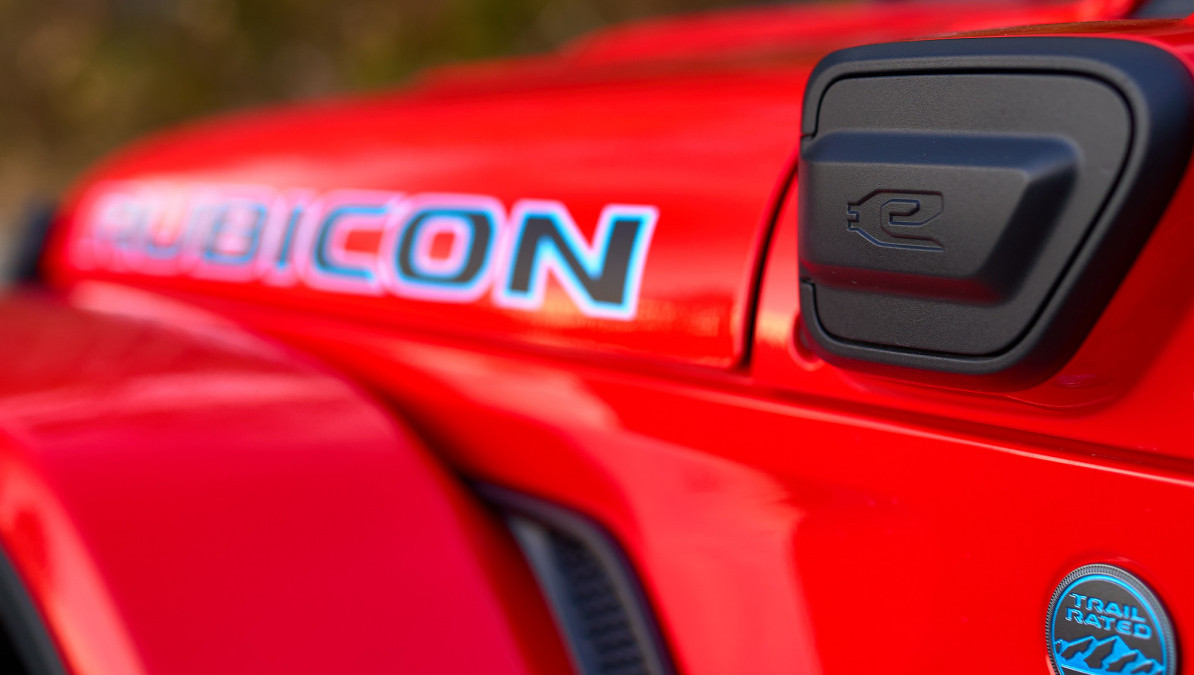
Stellantis says it is continuing to invest in solid-state battery technology, with Massachusetts-based Factorial Inc. The new Factorial battery chemistry will use less cobalt and is said to deliver up to 30% higher energy density compared to conventional lithium technology. The new solid-state batteries could raise the driving range of EVs significantly.
Unfortunately, added range from solid-state batteries doesn’t address the elephant in the room about charging infrastructure. It will be interesting, nonetheless, to see exactly how Stellantis plans on helping its customer base with charging solutions in the U.S. if it plans to have 50% of its customer base buying EVs by the end of the decade.
Source: Motor 1

